Sewage-system of an Eco house
- for sale
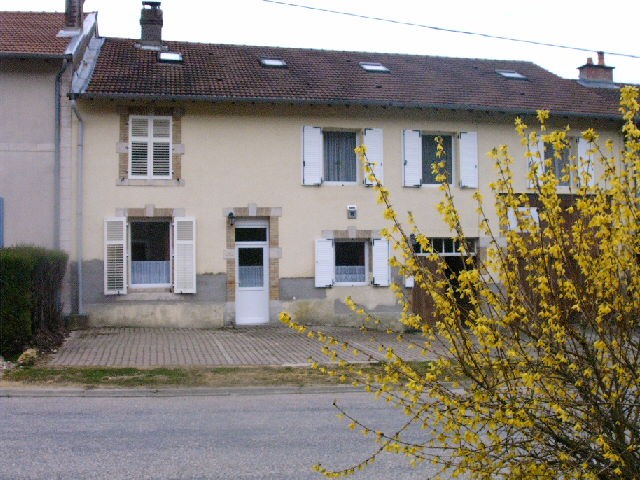
The sewage system, now strictly regulated, starts with rainwater. It is becoming an ever more precious commodity, especially in a big garden where in summer you can easily get six weeks with no rain.
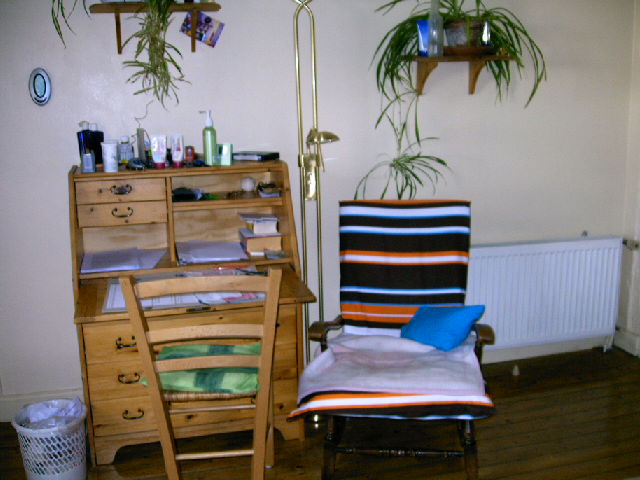
Bureau - Bedroom 1
On the North side of the house rainwater empties into the street drainage.
On the South side, the water empties into the main conduite that empties the cellar, and then into the big pond at the bottom of the garden. By very heavy rainfall this pond comes within 20cms of overflowing, but it has never flooded.
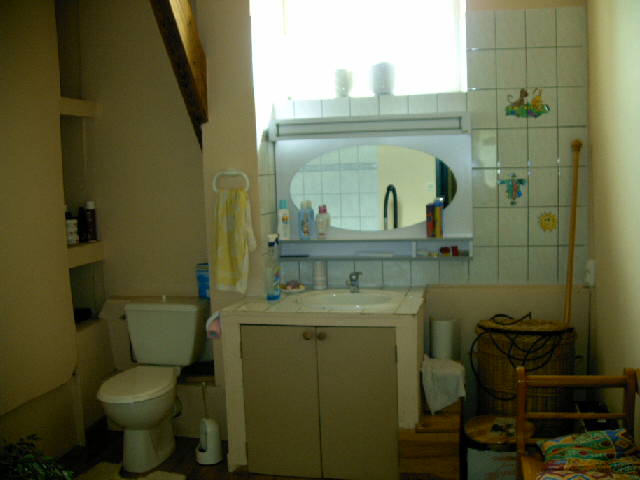
Bathroom - apartment
The entire rainfall off the back of the house, an enormous roof area, can be collected. Off the gîte there is an underground tank of 1 m3, next to the septic tank, that can be emptied with a pump. Up until now we have collected up to 10m3 in butts near the main gutter descent on the gîte. However this gutter was replaced in 2012 in a wider gutter of 10 cms in zinc, and, for the moment, this water is emptying into the cellar drainage. If I were keeping the house, I would put back a series of rainwater butts, or, better, use the pond area to sink some underground storage, that'll deal with the worst of summer droughts.
The drainage system was completely redone according to the norms of the time in 1999. In fact the gîte had already been equipped with a degreaser tank and a septic tank with the previous owners in around 1989, but the problem was tha garden drainage, the herring bone. It had become blocked, and had caused a swamp area in the garden. In the work of 1999, the septic tank and the degreaser, still within the norms, were used as pre-tanks for a new, bigger, all water, septic tank further down the garden, close to a new herring bone. Now the WC and kitchen water comes out very clean (because it gets two treatments), and gets distributed in the gravel of the herring bone. This definitely helps one side of the garden to never dry out.
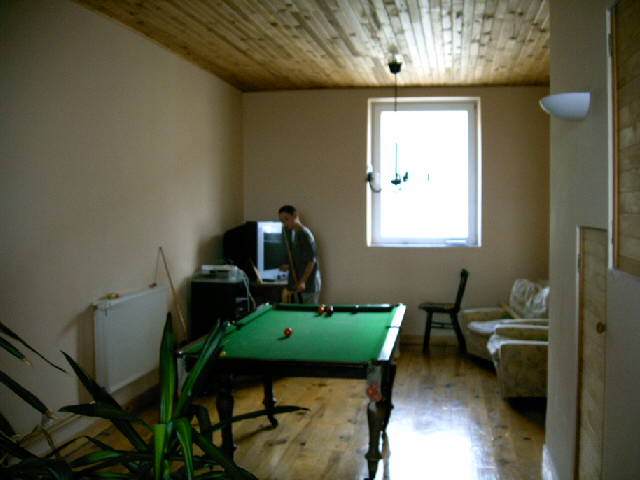
Billiards in the apartment
The septic tank and degreaser should be fully emptied every two or three years, depending on how many people are in the building. The last emptying took place in Septemebr 2012. By chance the commune, according to law, carried out a check of all waste water systems in the village in that month, and ours was passed with no problems.
It has been drawn to our notice that, if the house were to be sold, the new owners would have to update the system within one year. In practice, this is not the case, because if an existing system is functioning, and has been passed, no further checks will be made for the foreseeable future, so there is no need to do anything. If the new owners wish a new system, in fact an electric independant sewage system ("micro station"), be put in place, than we can easily arrange that. Your rainwater requirements should be considered too at this time, for there is a conveniently sized hole already in the garden to take both tanks. The micro-station will cost €10000, and a rainwater tank another €5000. All of the connections to existing pipework will cause a minimum of disruption. The paved area under the guttering downpipe needs reconcreting, and should not be done until a decision has been made about the new norms.
The existing "new" septic tank, has never been emptied (in 13 years), and this is entirely due to the successful functioning of the pretanks. At some point this tank too will need emptying, but the water in there is still almost devoid of slurry.
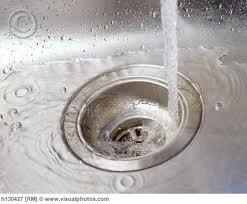
Waste water
According to the law, the seller of a property has to sell it with two technical documents, one which declares the state of the waste water system, whether it needs to be updated or not. A document delivered today will show that the current system works perfectly, and that new norms should be met.
The other document is an energy paper, that confirms the heating systems in the house, and levels of insulation. This has not been done. As soon as a sale has been agreed, as per the law, we will supply these documents.
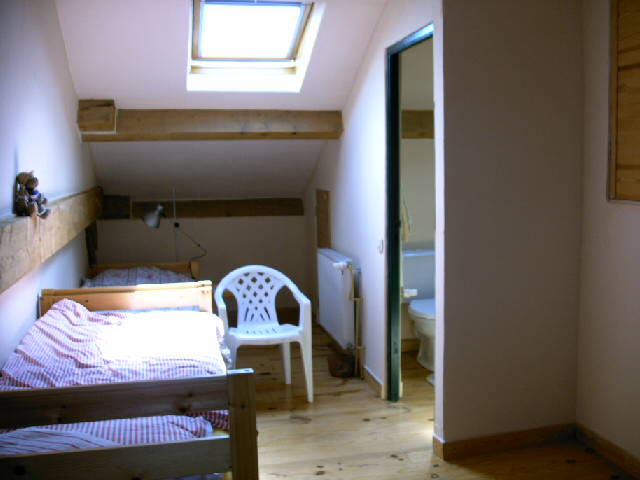
Loft bedroom - apartment
The local water company is SELL at Heudicourt, and the main water meter is on the paved parking area in front of Sal1. This was renewed at our cost in 2006. You can easily turn off the mains water at this point, open the cover, turn off the tap.
The water enters the house in the corner of Sal1. A tile has been left open so you can see the entry. From there it passes into the cellar, where there is another tap against the front wall to cut off all the house water.
Currently we consume about €200 of water per year, the equivalent of 100m3, much cheaper than in most other communes because we have our own water source in the hills close to St Mihiel.
In the cellar there is a machine permanently in operation to remove scale from the pipes.
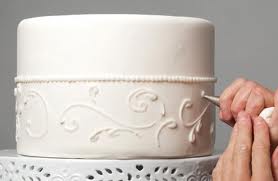
Contact -
